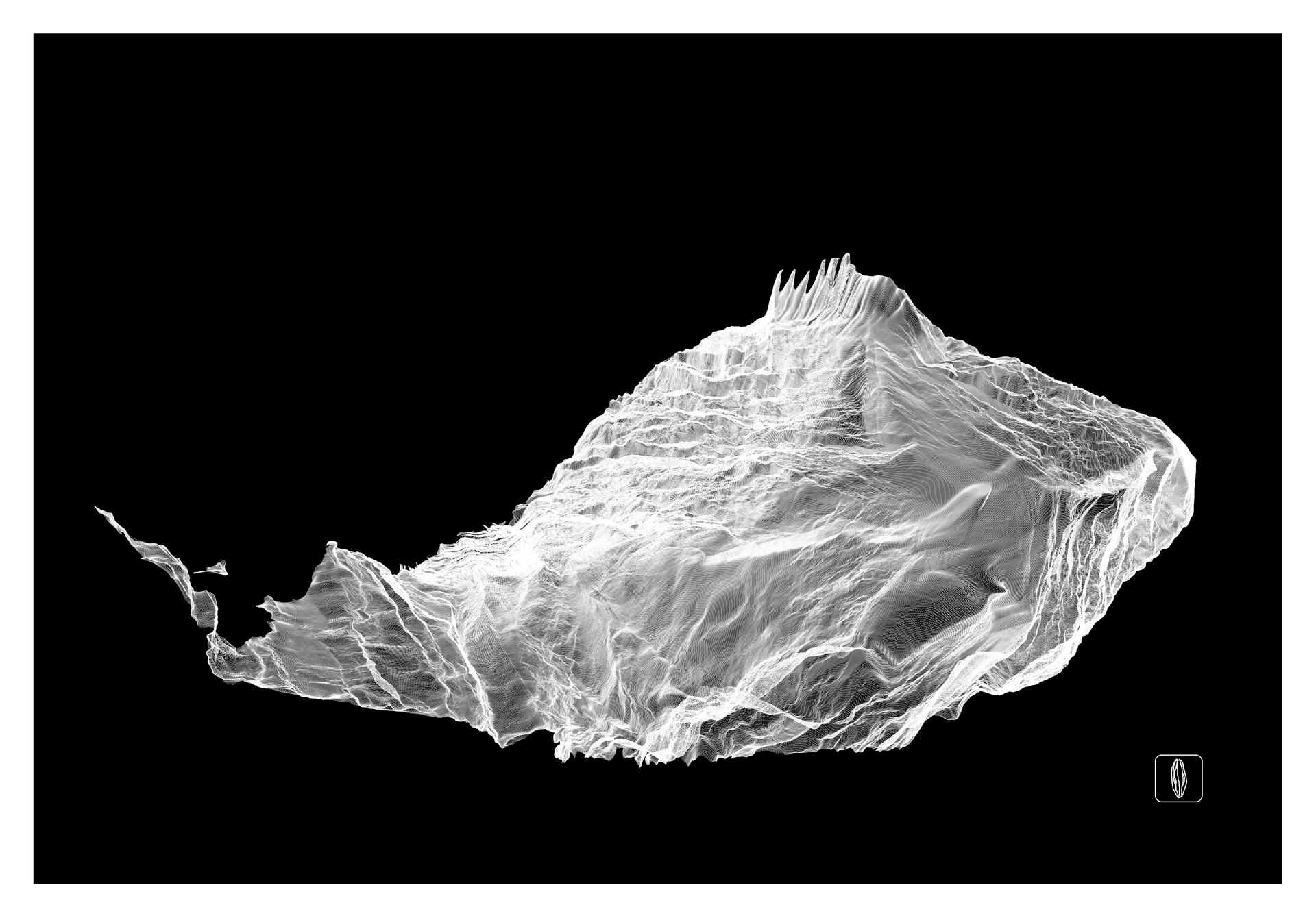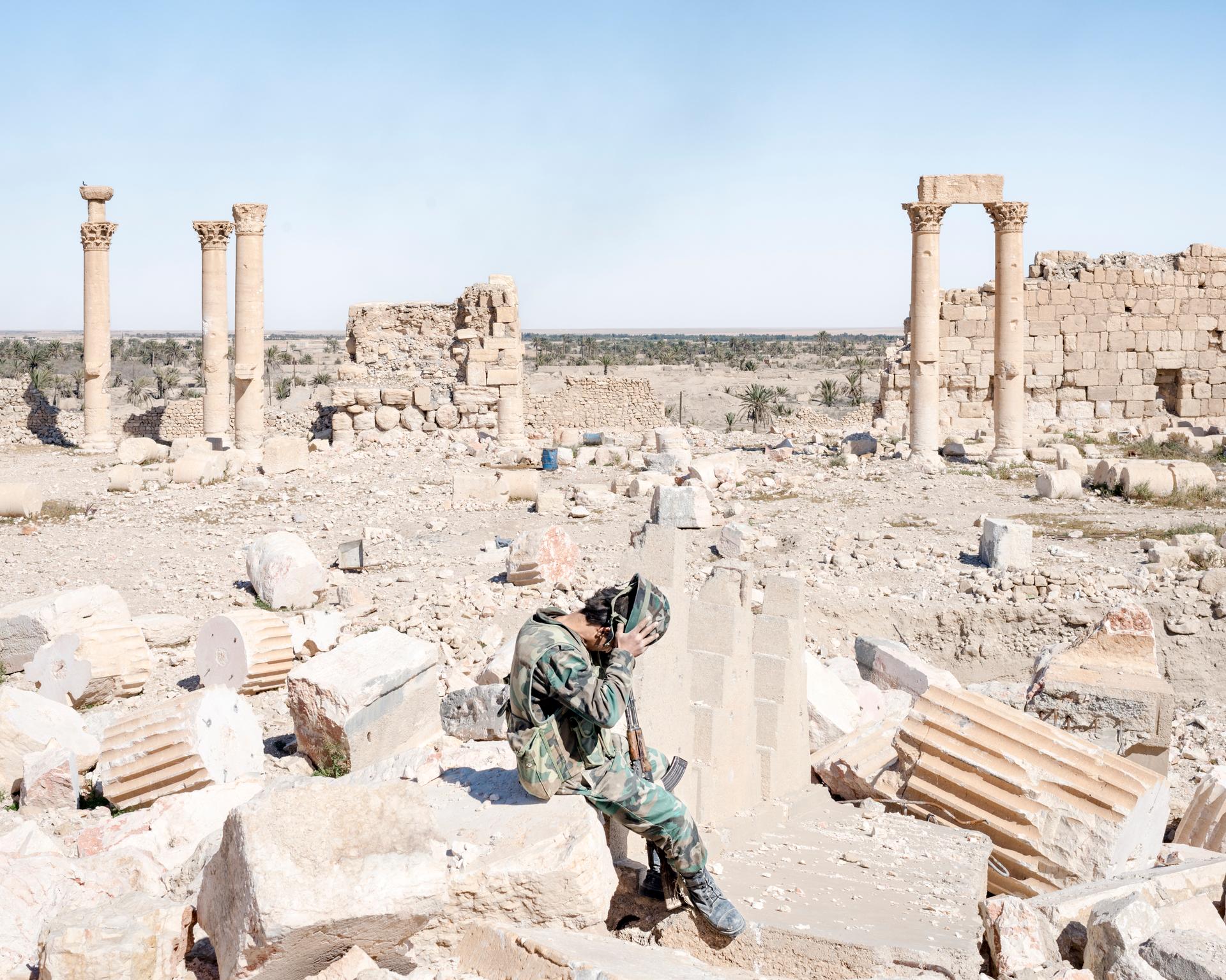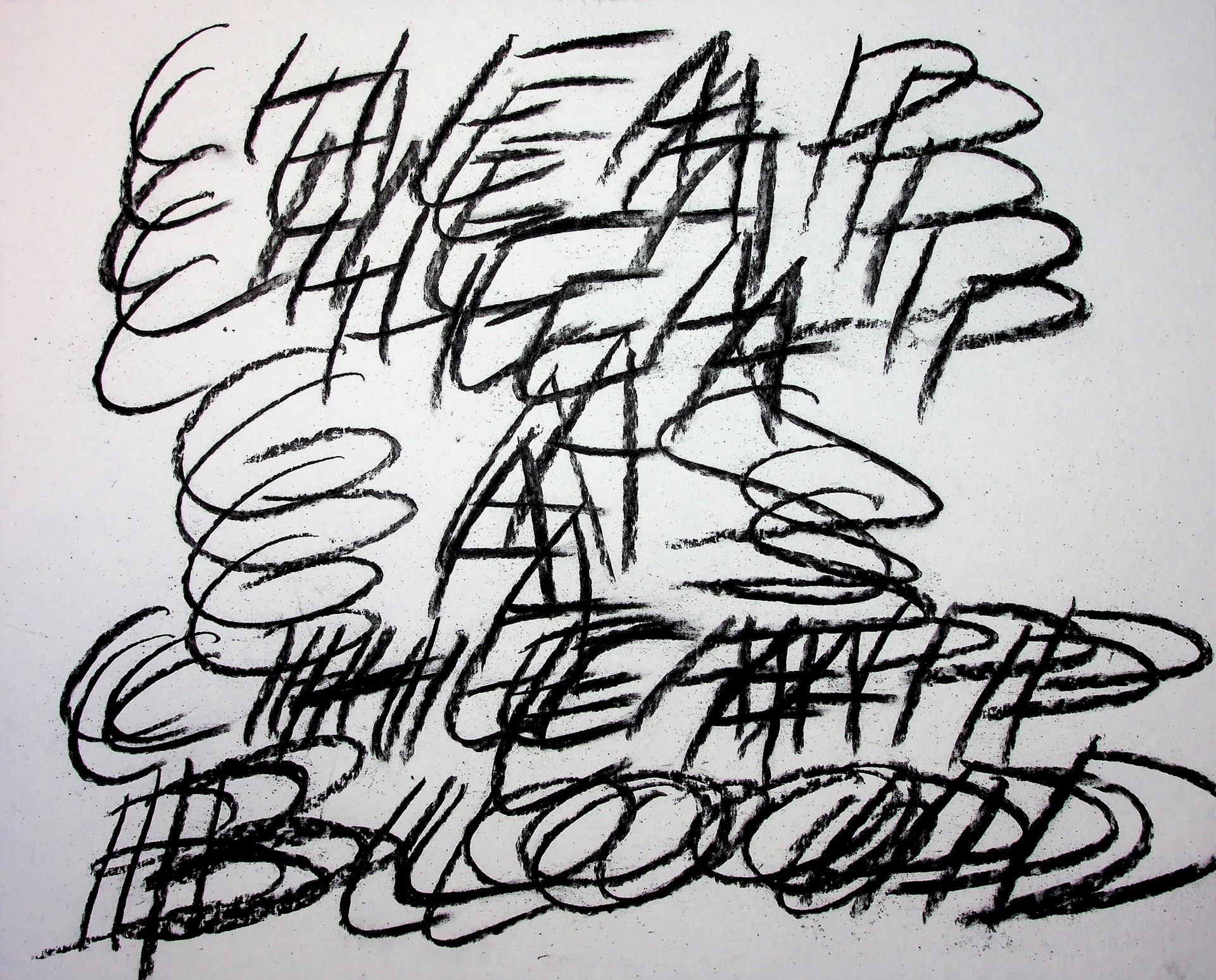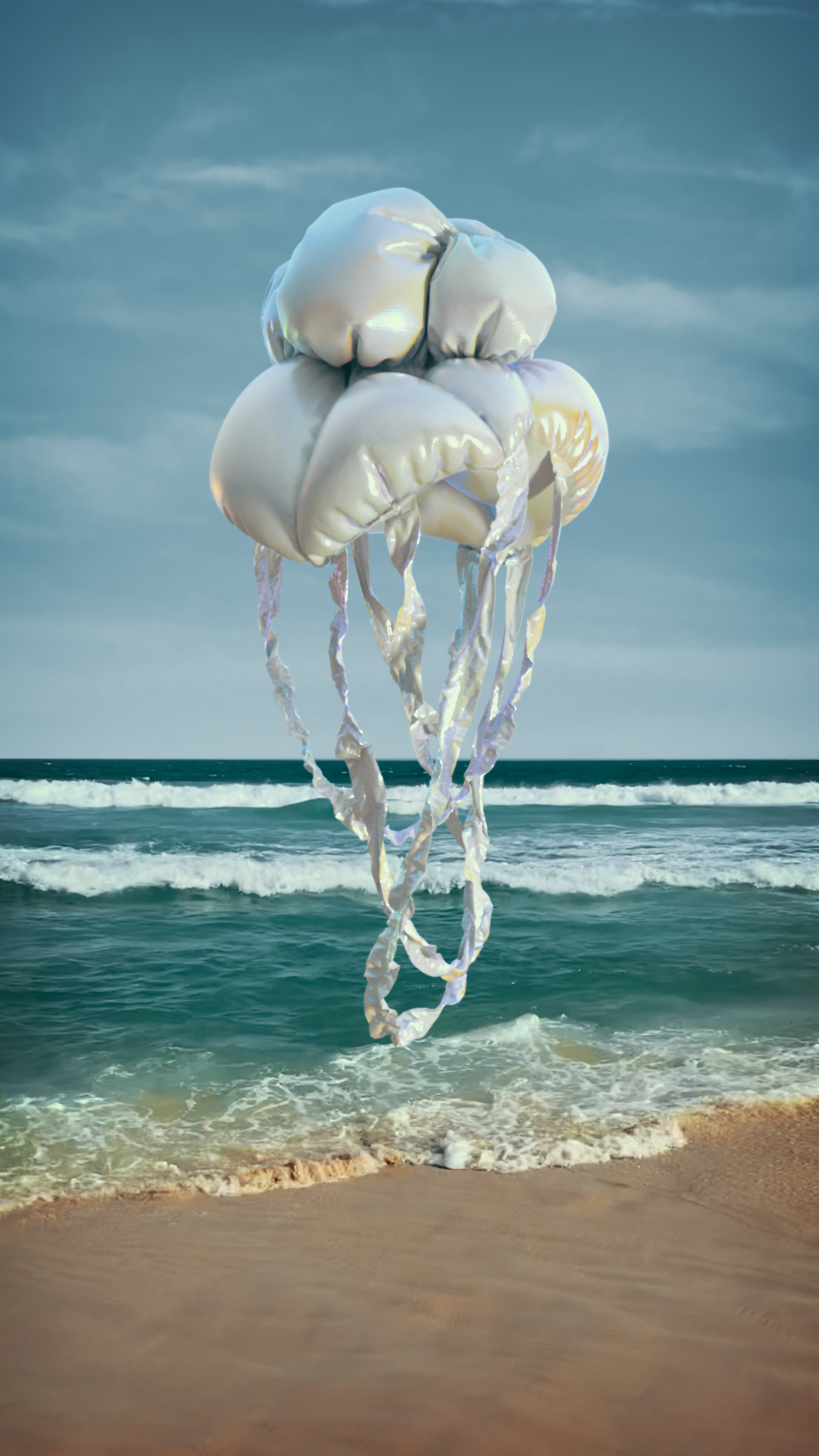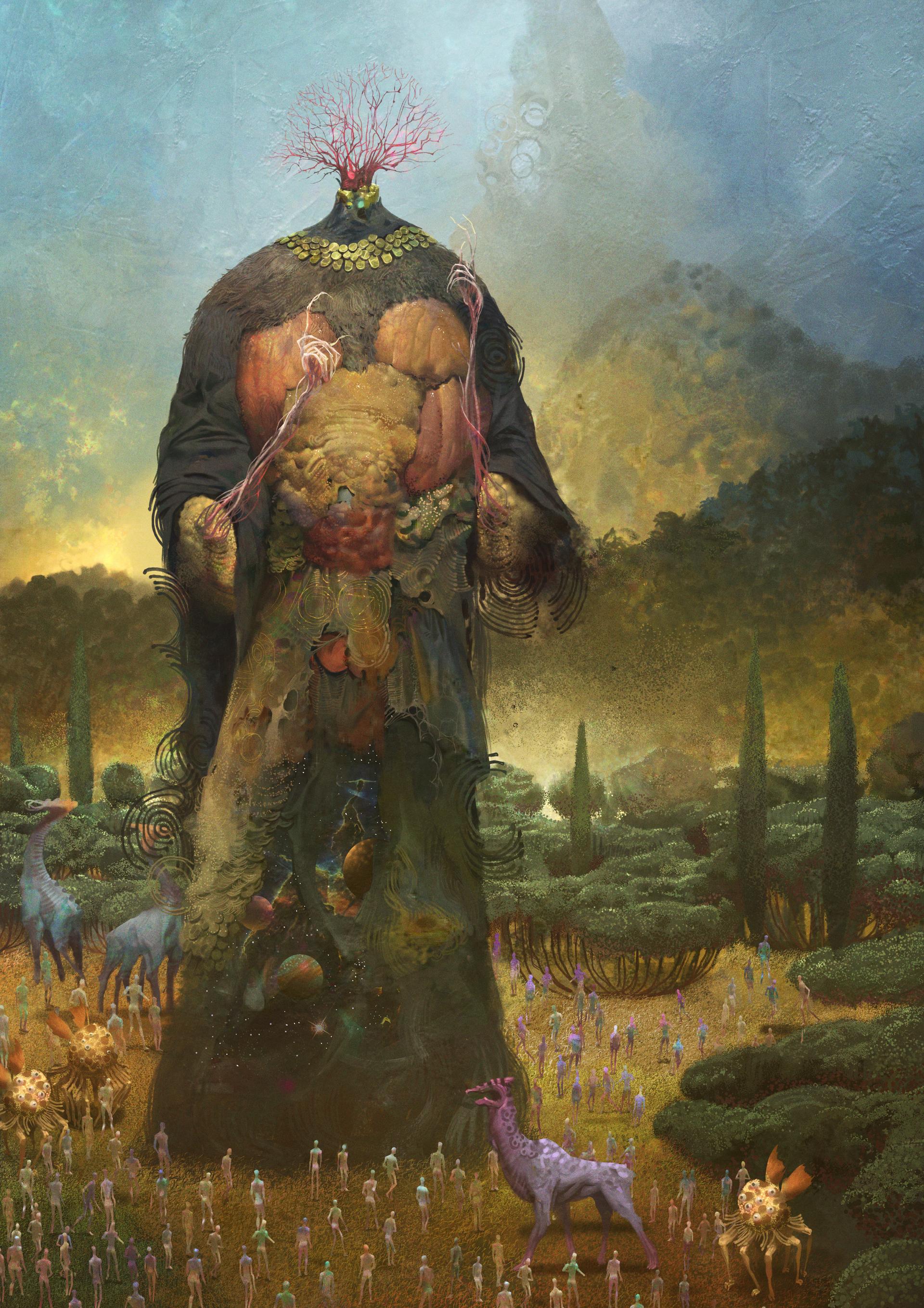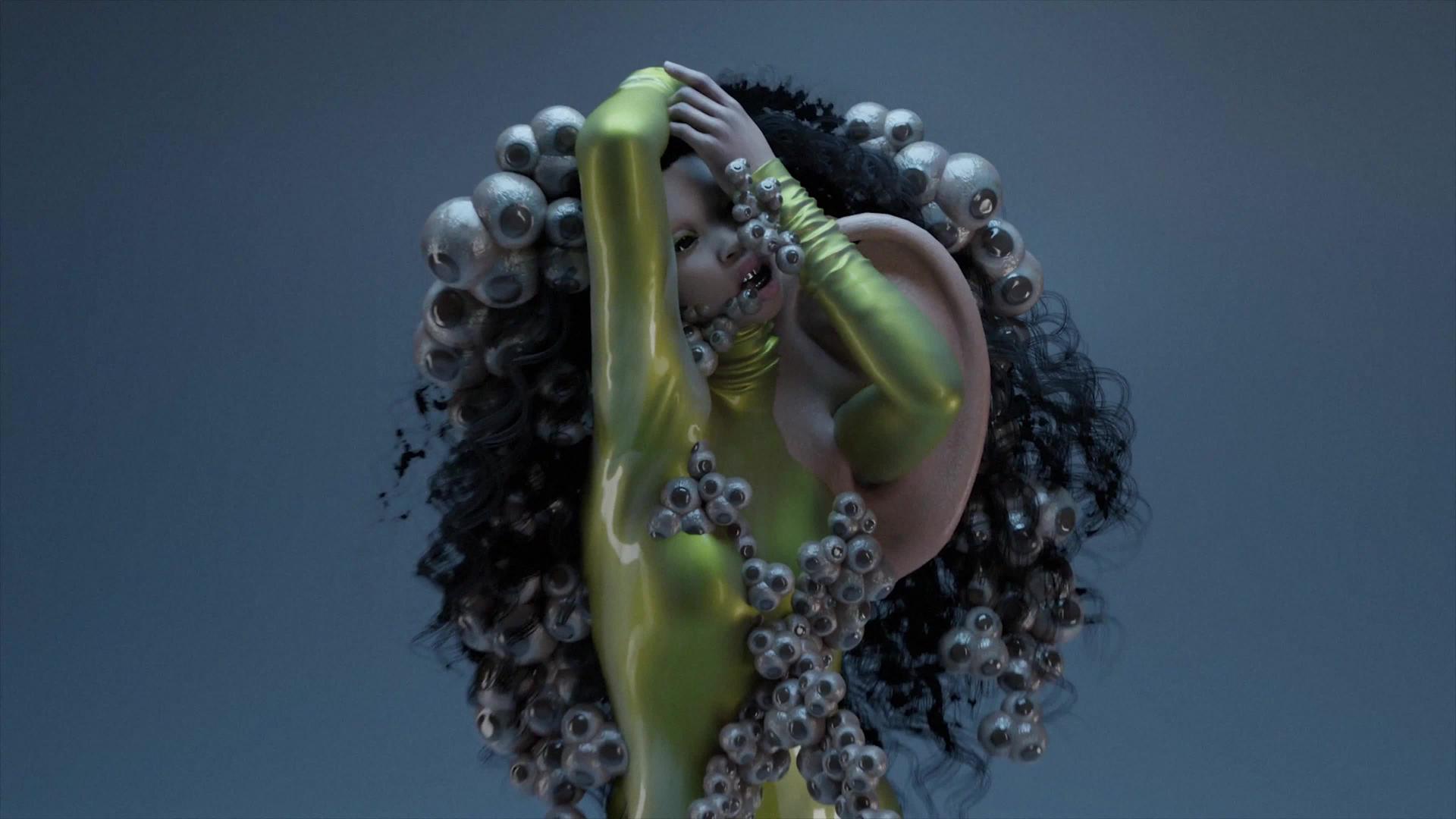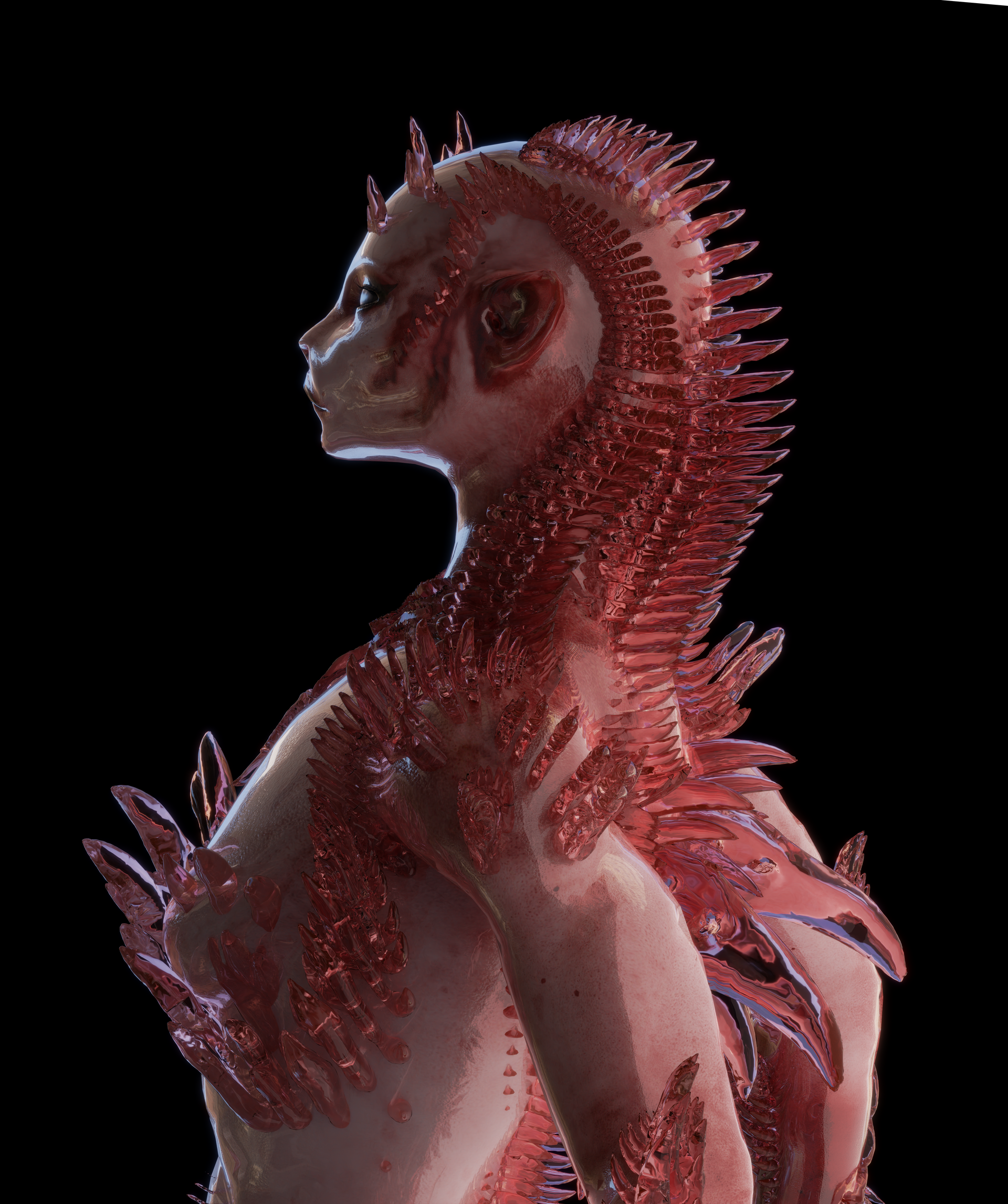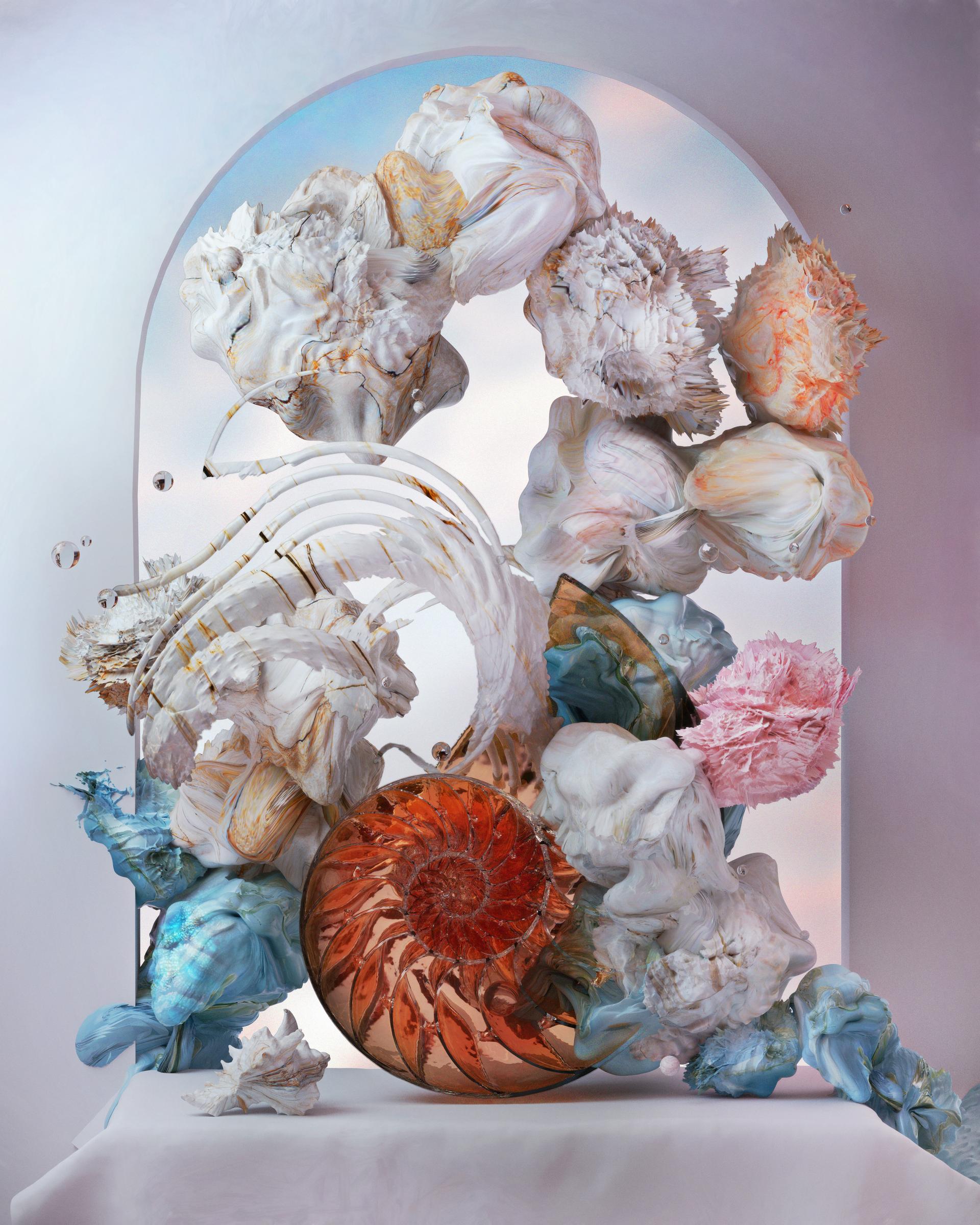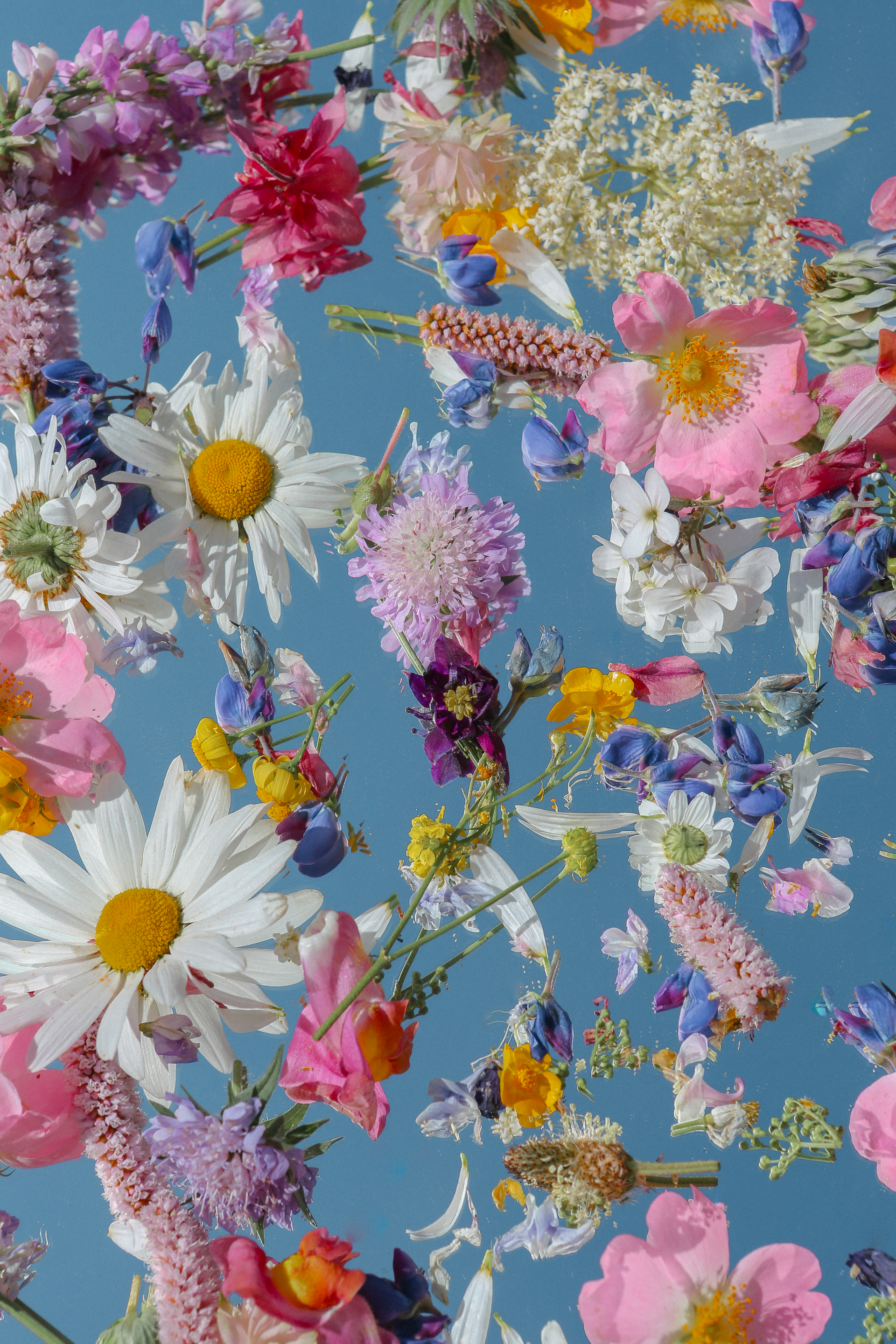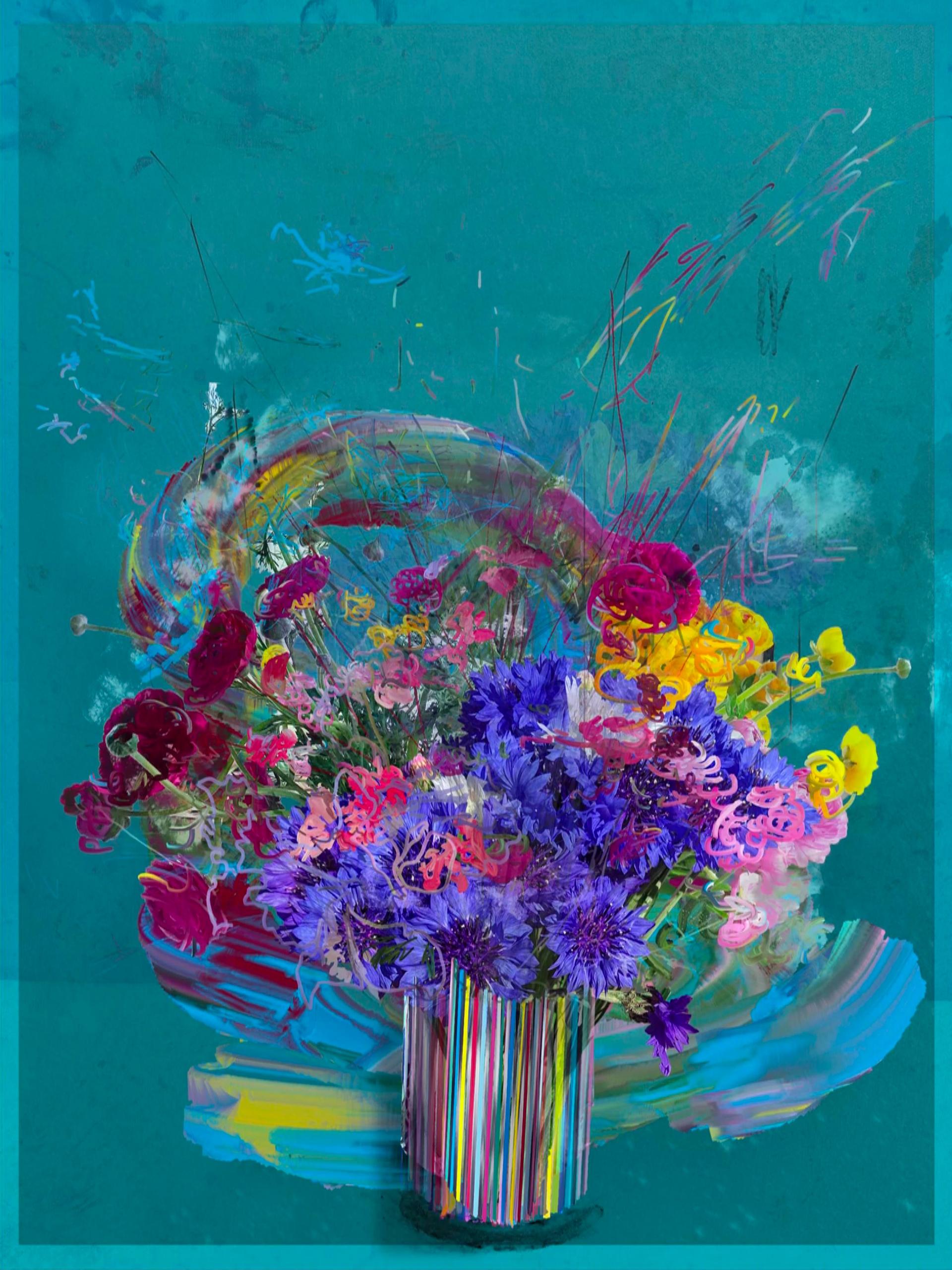Today, the stream, as one of the key states of contemporaneity, is alienated from its original meaning and represents more of an allegory of the permanent movement of data. Before the advent of blockchain technology, a work of art was usually imagined as a physical object, including storage media (in the case of video formats). The circulation of artworks could not be conceived in the dynamics of capital flow in NFT markets. Marketplaces trading physical non-renewable goods involve logistics and insurance companies, operating within familiar timeframes. NFT offers a format for sharing information of collectible value that we can own this very moment, literally in two clicks. It shortens the distance between desire and action, stimulating processes of acceleration and challenging the traditional art market system. However, any fascination with the rejection of the hierarchy of expertise ends after the first experience of scrolling through aggregators and encountering an abundance of images competing for attention without intermediaries or filters in the form of curators, institutions or galleries. The authentic (meaning endowed with an aura) token as an intangible object points to the author—their ideas, methods, values, and digital footprint. However, at this point not all of the stream of images claims the epithet "art,” and most content suggests the need for a reconsideration of the use of "art" as a noun in relation to the world of NFT. Perhaps NFTs exist independently of the art industry and the need to correlate with its history. On the other hand, authors produce digital objects within the framework of aesthetic experience, which gives grounds for the analysis of the images of NFT within the more general optics of the evolution of a global visual language. Reflecting from the perspective of an imaginary museum, in this selection I was guided by the correlation between the authors and their expressive methods and the art world, speculatively placing NFT works in conventional physical exhibitions and testing their relevance in the territory of institutional collections.
Today, the stream, as one of the key states of contemporaneity, is alienated from its original meaning and represents more of an allegory of the permanent movement of data. Before the advent of blockchain technology, a work of art was usually imagined as a physical object, including storage media (in the case of video formats). The circulation of artworks could not be conceived in the dynamics of capital flow in NFT markets. Marketplaces trading physical non-renewable goods involve logistics and insurance companies, operating within familiar timeframes. NFT offers a format for sharing information of collectible value that we can own this very moment, literally in two clicks. It shortens the distance between desire and action, stimulating processes of acceleration and challenging the traditional art market system. However, any fascination with the rejection of the hierarchy of expertise ends after the first experience of scrolling through aggregators and encountering an abundance of images competing for attention without intermediaries or filters in the form of curators, institutions or galleries. The authentic (meaning endowed with an aura) token as an intangible object points to the author—their ideas, methods, values, and digital footprint. However, at this point not all of the stream of images claims the epithet "art,” and most content suggests the need for a reconsideration of the use of "art" as a noun in relation to the world of NFT. Perhaps NFTs exist independently of the art industry and the need to correlate with its history. On the other hand, authors produce digital objects within the framework of aesthetic experience, which gives grounds for the analysis of the images of NFT within the more general optics of the evolution of a global visual language. Reflecting from the perspective of an imaginary museum, in this selection I was guided by the correlation between the authors and their expressive methods and the art world, speculatively placing NFT works in conventional physical exhibitions and testing their relevance in the territory of institutional collections.
